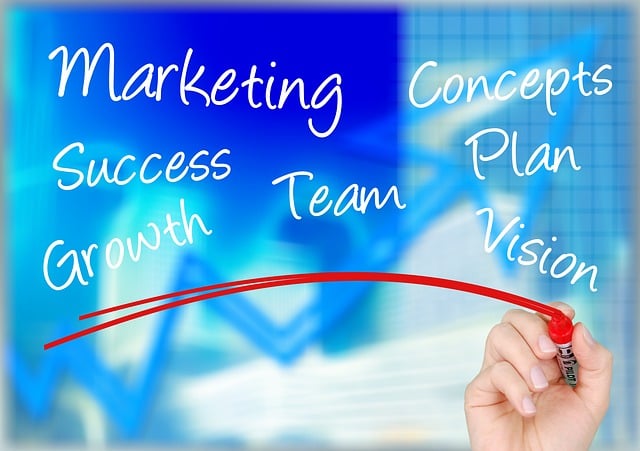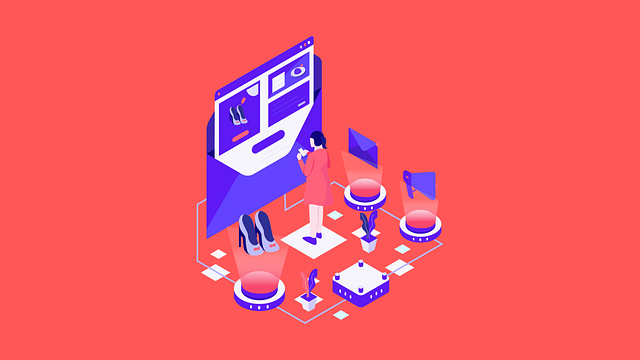AI kitchen-to-table timing monitors are transforming the restaurant industry by optimizing every stage of food service, from preparation to presentation. Leveraging computer vision, these intelligent systems analyze visual cues to ensure precise dish timing and efficient workflows, enhancing customer experiences and contributing to improved operational efficiency and revenue growth. While integrating AI vision technology brings significant advantages like consistent food quality and reduced waste, challenges include data privacy concerns, initial investments, specialized training, and customizing AI models for specific dishes and recipes.
“Unleash the power of AI in revolutionizing food service operations with cutting-edge AI kitchen-to-table timing monitors. This article delves into the transformative potential of computer vision applications, exploring how artificial intelligence is optimizing every step from kitchen to table. We dissect the underlying techniques, highlight tangible benefits, and discuss the challenges faced when implementing AI kitchen-to-table timing monitors in the dynamic restaurant landscape. Discover how these innovations are reshaping the dining experience.”
- Understanding AI Kitchen-to-Table Timing Monitors: A Foundation for Efficient Food Service
- Computer Vision Techniques in Action: How AI Systems Analyze Visual Data in Restaurants
- Benefits and Challenges: Implementing AI Vision Technology in the Food Industry
Understanding AI Kitchen-to-Table Timing Monitors: A Foundation for Efficient Food Service

AI Kitchen-to-Table Timing Monitors are transforming food service operations by optimizing every step from preparation to presentation. These intelligent systems leverage computer vision to track dishes across various stages, ensuring precise timing and efficient workflow. By analyzing visual cues, AI can detect when a dish is ready for the next phase, reducing wait times and enhancing overall dining experiences.
This technology acts as a foundational layer in modern food service management, allowing restaurants to streamline their processes and deliver consistent quality. With real-time insights into kitchen operations, staff can better allocate resources, prioritize orders, and maintain balanced queues. As a result, AI kitchen-to-table timing monitors contribute significantly to improved operational efficiency, customer satisfaction, and revenue growth for food service establishments.
Computer Vision Techniques in Action: How AI Systems Analyze Visual Data in Restaurants

In the realm of restaurants, Artificial Intelligence (AI) and computer vision are transforming the dining experience from kitchen to table. AI systems equipped with computer vision techniques analyze visual data to optimize operations and enhance customer satisfaction. These advanced technologies act as kitchen-to-table timing monitors, ensuring that dishes are prepared and served at the optimal moment. By processing real-time images and videos, AI algorithms can detect key milestones in food preparation—from ingredient identification and cooking progress to plating and presentation.
This visual analysis enables precise timing of culinary processes, reducing wait times for customers. Moreover, computer vision enhances consistency in food quality, allowing restaurants to maintain high standards across all meals. With AI monitoring, chefs can focus on crafting exceptional dishes while the system handles the logistical aspects of kitchen management, ensuring a seamless dining experience.
Benefits and Challenges: Implementing AI Vision Technology in the Food Industry

The integration of AI vision technology in the food industry offers numerous advantages, revolutionizing various aspects of food production and service. One of the key benefits is improved efficiency, particularly with AI kitchen-to-table timing monitors. These systems can analyze preparation times, identify bottlenecks, and optimize workflows, ensuring that dishes are served promptly and consistently meeting quality standards. Additionally, computer vision enhances product consistency by enabling precise measurements and quality checks at every stage of production, reducing waste and increasing consumer satisfaction.
Despite these advantages, challenges exist when implementing AI vision in food settings. Data privacy and security concerns arise due to the sensitive nature of food processing and customer information. Ensuring compliance with data protection regulations while leveraging AI for accurate visual analysis is crucial. Furthermore, the technology demands significant initial investment in hardware and software, along with specialized training for staff to effectively utilize these tools. Customizing AI models for specific food products and recipes can be intricate, requiring continuous updates and fine-tuning to meet evolving industry standards.
AI kitchen-to-table timing monitors offer a promising solution for optimizing food service operations. By leveraging computer vision techniques, these systems can analyze visual data in real-time, ensuring efficient and accurate tracking of dish preparation and delivery. While implementing AI vision technology in the food industry presents numerous benefits, such as improved customer satisfaction and reduced wait times, it also comes with challenges like initial setup costs and privacy concerns. Navigating these obstacles will be crucial for embracing the transformative potential of AI kitchen-to-table timing monitors in the dynamic landscape of restaurant management.
